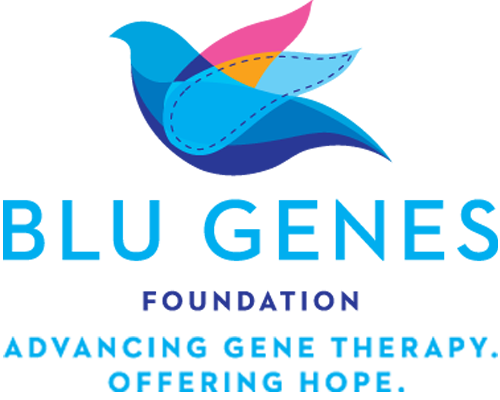NEWS UPDATE
A six-month feasibility study evaluated patients’ ongoing compliance in wearing digital health technology in order to capture continuous data remotely as well as changes often missed in between hospital visits.
Abstract
Background
As part of a late onset GM2 gangliosidosis natural history study, digital health technology was utilized to monitor a group of patients remotely between hospital visits. This approach was explored as a means of capturing continuous data and moving away from focusing only on episodic data captured in traditional study designs. A strong emphasis was placed on real-time capture of symptoms and mobile Patient Reported Outcomes (mPROs) to identify the disease impact important to the patients themselves; an impact that may not always correlate with the measured clinical outcomes assessed during patient visits. This was supported by passive, continuous data capture from a wearable device.
Results
Adherence rate for wearing the device and completing the mPROs was 84 and 91%, respectively, resulting in a rich multidimensional dataset. As expected for a six-month proof-of-concept study in a disease that progresses slowly, statistically significant changes were not expected or observed in the clinical, mPROs, or wearable device data.
Conclusions
The study demonstrated that patients were very enthusiastic and motivated to engage with the technology as demonstrated by excellent compliance. The combination of mPROs and wearables generates feature-rich datasets that could be a useful and feasible way to capture remote, real-time insight into disease burden.
Introduction
The GM2 gangliosidoses, Tay-Sachs (TSD) and Sandhoff (SD) diseases, are neurodegenerative disorders, caused by a deficiency of the lysosomal enzyme beta- hexosaminidase A (Hex A). The deficiency causes accumulation of GM2 ganglioside particularly in neurons where the rate of ganglioside synthesis is the highest, leading to progressive neurodegeneration. Although the incidence of TSD and SD is very low (1 in 320,000 for TSD and even less frequent for SD [1]) there are common mutations in ethnic populations that make it more frequent. In the Ashkenazi Jewish population, the disease incidence of infantile TSD is about 1 in every 3500 newborns. Similarly, there is a common mutation (HEXA, p.GLY269SER) in the eastern European population that accounts for many of the individuals with late onset TSD [2]. In contrast to infantile TSD or SD disease the late-onset forms have symptom onset in adolescence or early adulthood, with ataxia, selective and progressive muscular atrophy leading to increased falls and difficulty rising from a chair or the floor, and for TSD patients, dysarthria. The heterogeneity of the disease may also result in the misdiagnosing of older adults who have the disease, and a history of neuronal symptoms, through conflation with the clinical indications of other neurodegenerative disorders [3]. SD patients may often have tingling, numbness or pain in their hands and feet as a presenting sign.
There is currently no cure for TSD or SD. Research is focused on increasing HexA activity by enzyme replacement therapy where the blood brain barrier has been a formidable obstacle; by substrate reduction of ganglioside precursors using small molecules; or by gene delivery [4, 5]. As new treatment options emerge, it is imperative to identify and validate appropriate outcome measures by which to evaluate potential therapeutic effects.
We believe that these measures should include patient-reported outcomes, to provide the patient’s perspective and give them a voice in their own health care [6]. The development of smartphone applications has made it possible to collect this information easily and often [7]. In addition, wearable devices can continuously measure the quality and quantity of physical activity [8, 9], providing valuable information on motor function.
The aim of this study was to assess the feasibility of using digital health technology to monitor GM2 patients remotely between hospital visits. The technology included a wearable device and a smartphone application to record patient-reported outcomes. This proof-of-concept study also focused on capturing patient feedback on use of the technology and exploring the outcome data it can provide. We plan to extend use of the technology to validate outcome measures that monitor disease progression, measure the effects of therapeutic intervention, and solicit further patient feedback on the impact of the disease on their activities of daily living.
Results
Eight consenting patients took part in the study and remained engaged for its duration. Age ranged from 28 to 61 years (44 ± 11), with three men and five women.
Laboratory and clinical results measured by clinical evaluation over the 6-month course of the study can be seen in Table 1. There were no statistically significant differences between baseline and month six in any of the measures.

